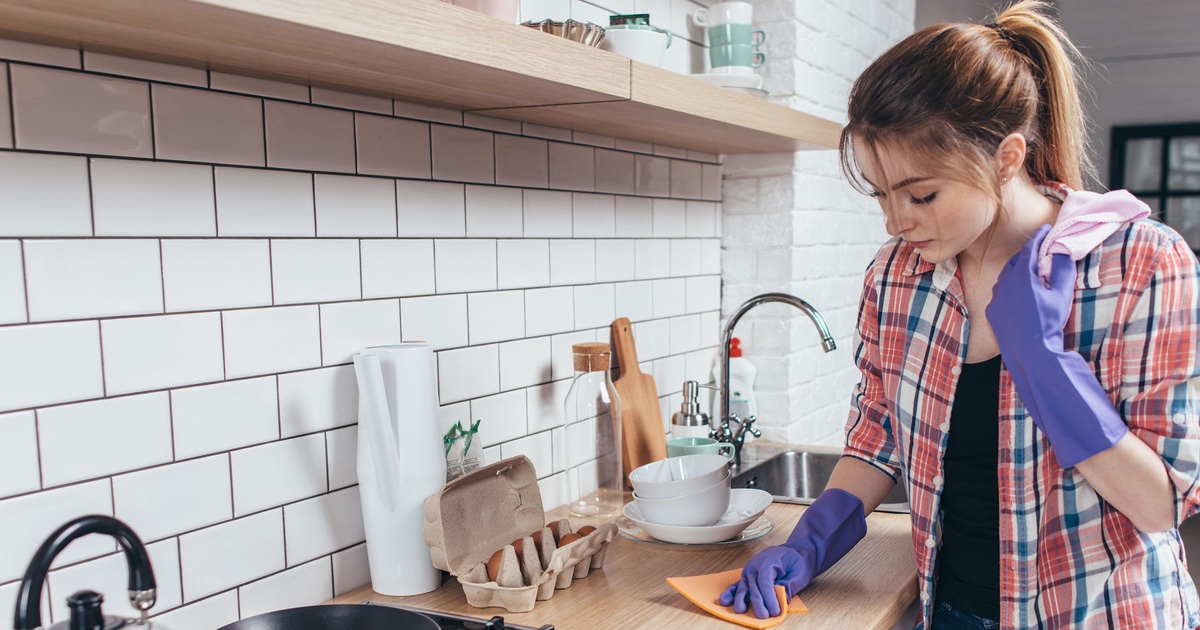Now that we are spending more time at home to slow the spread of the novel coronavirus, many are wondering how to safely and effectively clean house to prevent infection. We are fortunate that our partners at Women’s Voices for the Earth have done the research, which we’ve adapted into three safer cleaning tips.
Practice social distancing and handwashing, which are the most effective strategies for reducing the spread of the virus.
According to the CDC, “the virus is thought to spread mainly between people who are in close contact with one another.” Experts advise maintaining distance between yourself and others if the virus is spreading in your community, and frequent handwashing for 20 seconds.
Use soap and water to keep your surroundings clean.
Soap and water are amazingly effective at removing both dirt and germs from surfaces. The CDC states, “It is possible that a person can get COVID-19 by touching a surface or object that has the virus on it and then touching their own mouth, nose, or possibly their eyes, but this is not thought to be the main way the virus spreads.” Public health experts advise daily cleaning of frequently touched surfaces like doorknobs and light switches with regular household cleaners like soap and water.
Choose safer disinfectants, if you choose to disinfect at home.
You may choose to disinfect if you are in a high-risk group or have someone at home who is infected. If that’s the case, clean first with soap and water, then use safer products based on hydrogen peroxide or alcohol. Most disinfectants available for home use are based on chlorine bleach, which can irritate eyes and lungs and burn skin, or quats (quaternary ammonium compounds), which are skin and lung irritants and may harm reproduction.
Check out our Healthy Choices resources for more helpful ways to protect you and your family from unnecessary toxic chemical exposures.





